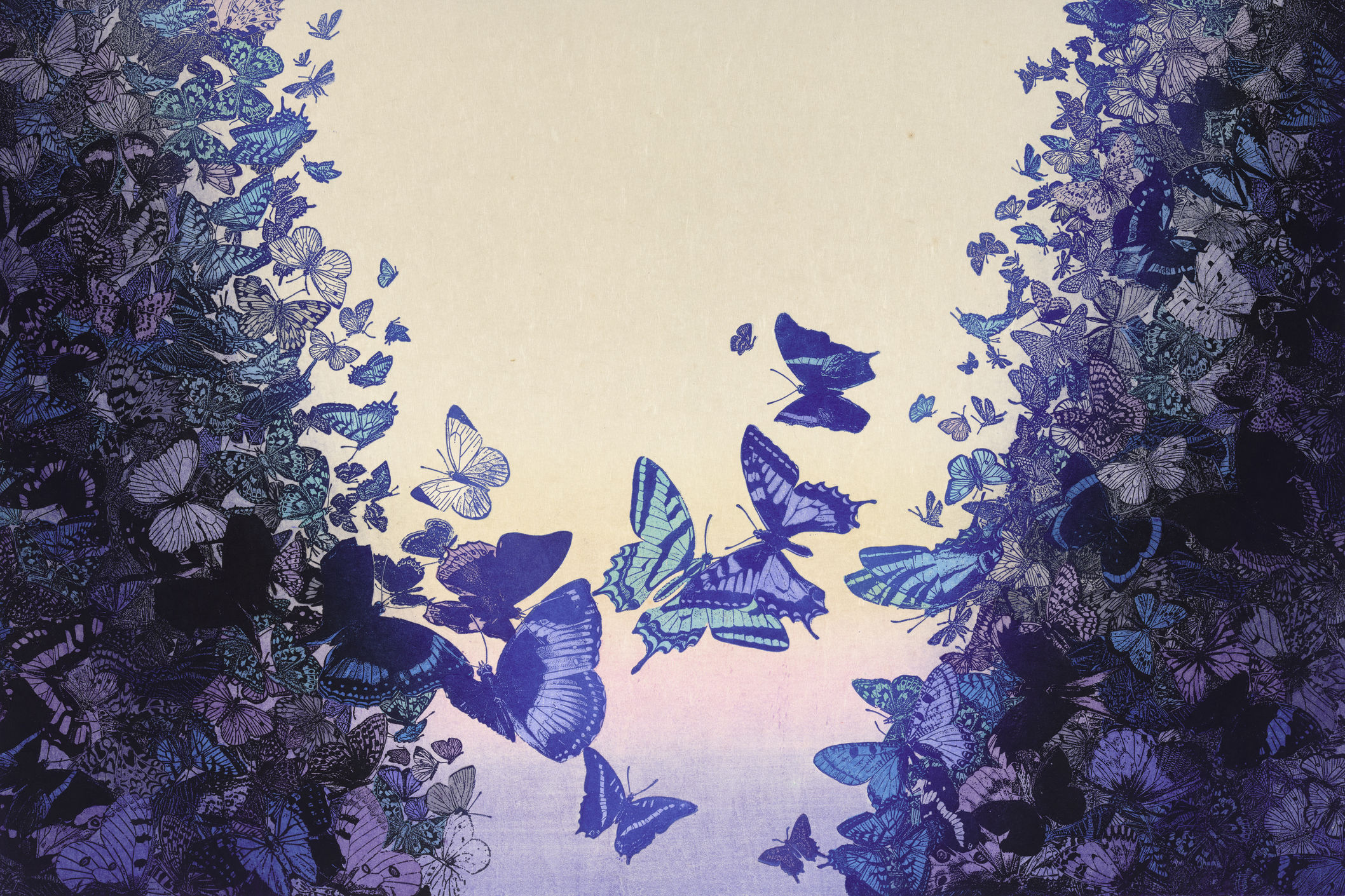February First Thursday Picks
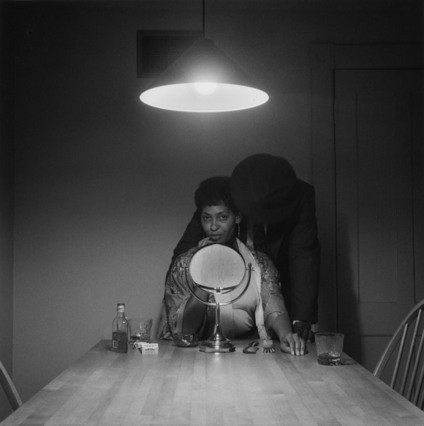
Carrie Mae Weems: Three Decades of Photography and Video
Portland Art Museum
I just got a first glance at the major touring retrospective of Portland native Weems’s seminal body of work, and the exhibition is complex and exquisite. I spent hours on the phone talking with Weems for our story (read our profile and watch a slideshow of her work here), and I can’t stress enough her warmth, intelligence, and breadth of experience. This is a woman who moved from Northeast Portland to San Francisco at age 17 as a single mother and went on to become a leader in postmodern contemporary photography. Go.
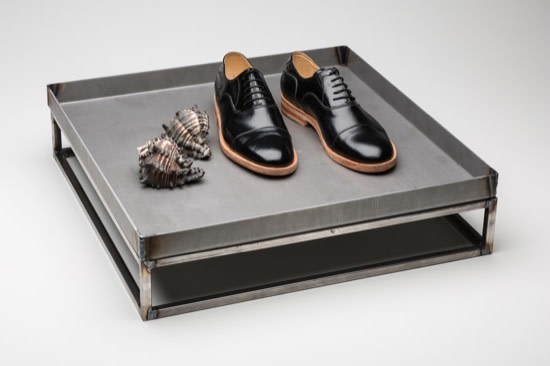
Arnold J. Kemp: When Will My Love Be Right
PDX Contemporary Art
In his first local solo show since winning a Guggenheim Fellowship last year, artist of many hats Arnold Kemp asks the question, "Art can change the world, but can art change the art world?" The show is named for a 1980s song Robert Winters and Fall wrote during a period when gospel and R&B were transforming into secular funk, and it addresses issues of doubt and human intimacy in a place where it might not be possible. Exploring similar themes of pathos and humor, the works themselves range from an expanded series of the “aluminums” (photographs of simple faces sculpted in aluminum foil) that Kemp exhibited last year as part of Disjecta’s biennial to handmade shoots and belts with poetic buckles stating words like “Shy” (Kemps grandfathers were a shoemaker and a tailor).
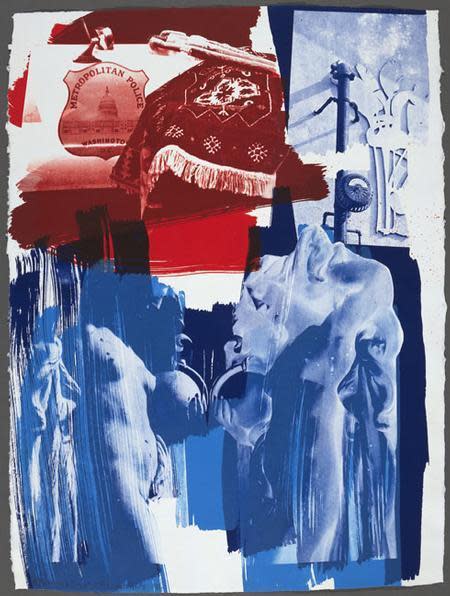
Robert Rauschenberg: Multiples
Fred Sandback: Selected Prints
Judy Cooke: Subtext, Paintings 2011-2012
Elizabeth Leach Gallery
A giant of modern American art, neo-Dadaist Robert Rauschenberg playfully questioned the demarcation of art and non-art. He is probably best known for his “Combines,” pieces that blur the line between painting and sculpture and incorporate found objects such as clothing and street trash. This exhibition looks at Rauschenberg’s lesser-known work in printmaking.
As a complement to an exhibition of minimalist Fred Sandback’s sculptures at the Lumber Room also opening in February, Leach will display a selection of his prints that emulate the conceptual sculptures made of yarn, cord, and wire that made him famous. Of course, there will be a further complement in Leach’s own space in the form of works by Judy Cooke. A rigorous painter now in her 70s, Cooke plays with lines and grids on top of creamy coats of paint layered onto (or in some cases scraped off) angular pieces of wood, creating incredibly warm works of abstraction.
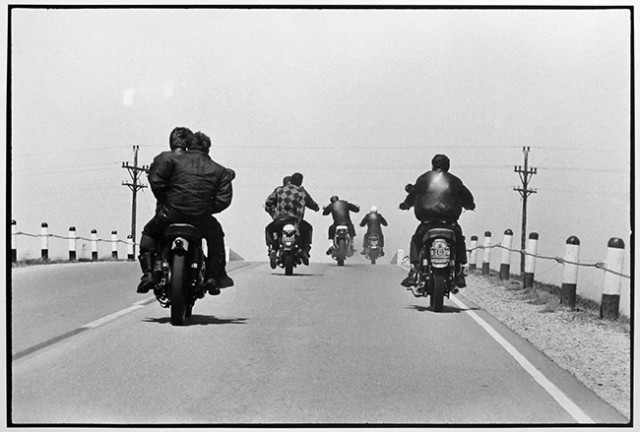
Danny Lyon: The Bikeriders
Charles A. Hartman Fine Art
With a Nikon and a Triumph motorcycle, Danny Lyon joined the Chicago Outlaws motorcycle club from 1963 to 1967, documenting a way of life frighteningly foreign to most Americans at the time. The resulting book in 1968, The Bikeriders, lit the American psyche with the roar of motorcycle counterculture, laying the tracks for the classic film Easy Rider, and, of course, launching Lyon’s career as a voice for a rebellious new generation.
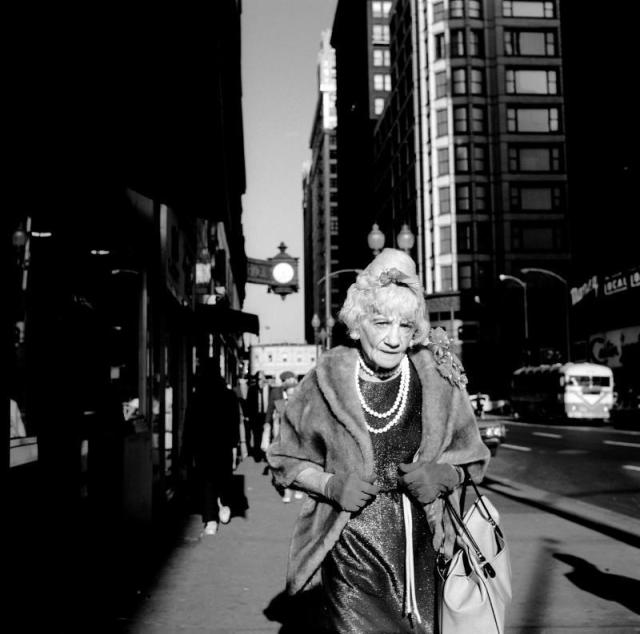
Vivian Maier, Out of the Shadows
Blue Sky Gallery
While Lyons grew up and eventually roamed the Chicago highway from the back of his bike, nanny Vivian Maier (born in 1926) combed the Chicago streets, taking some 100,000 snapshots in the 1950s and 60s that thoroughly capture a city and a culture. She was entirely unknown until a historian discovered more than 100,000 photographs by her in 2007 (tragically, photos she had lost when she couldn’t continue to pay for a storage locker) that quickly gained national attention.
Richard Cahan, co-author of the recently published Vivian Maier: Out of the Shadows, will discuss the life and work of Vivian Maier on Sunday, February 10, at 2 pm. Collection owner, Jeffrey Goldstein, will also be present.
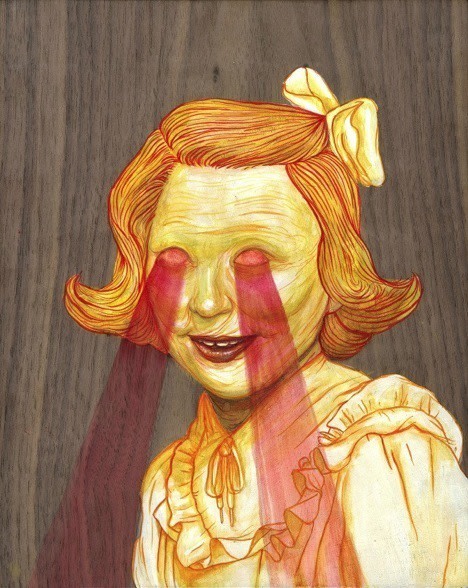
Harrison Freeman: Both Sides Now
Ampersand
Ampersand Gallery's focus on the old, the strange, and the nearly forgotten is the perfect space for Harrison Freeman's Portland debut. The now Portland–based artist's work has been featured in multiple national publications, but this his first local solo show, where his personal demons and artistic heart are fully on display. Much of Freeman's work is fueled by his collection of old photographs from a flea-market in Berlin. Searching through the stacks, he picked the creepiest, strangest ones and zeroed in on those characteristics for his paintings. The result is a horrifyingly amusing, yet beautiful stream of zombified creature-people that will fry your mind (if not eat it).
—Sam Coggeshall
For more on Portland arts and culture, sign up for our weekly On The Town newsletter, subscribe to our RSS feed, and follow us on Twitter @PoMoArt. Visit our Arts & Entertainment Calendar for our editors’ event picks.



